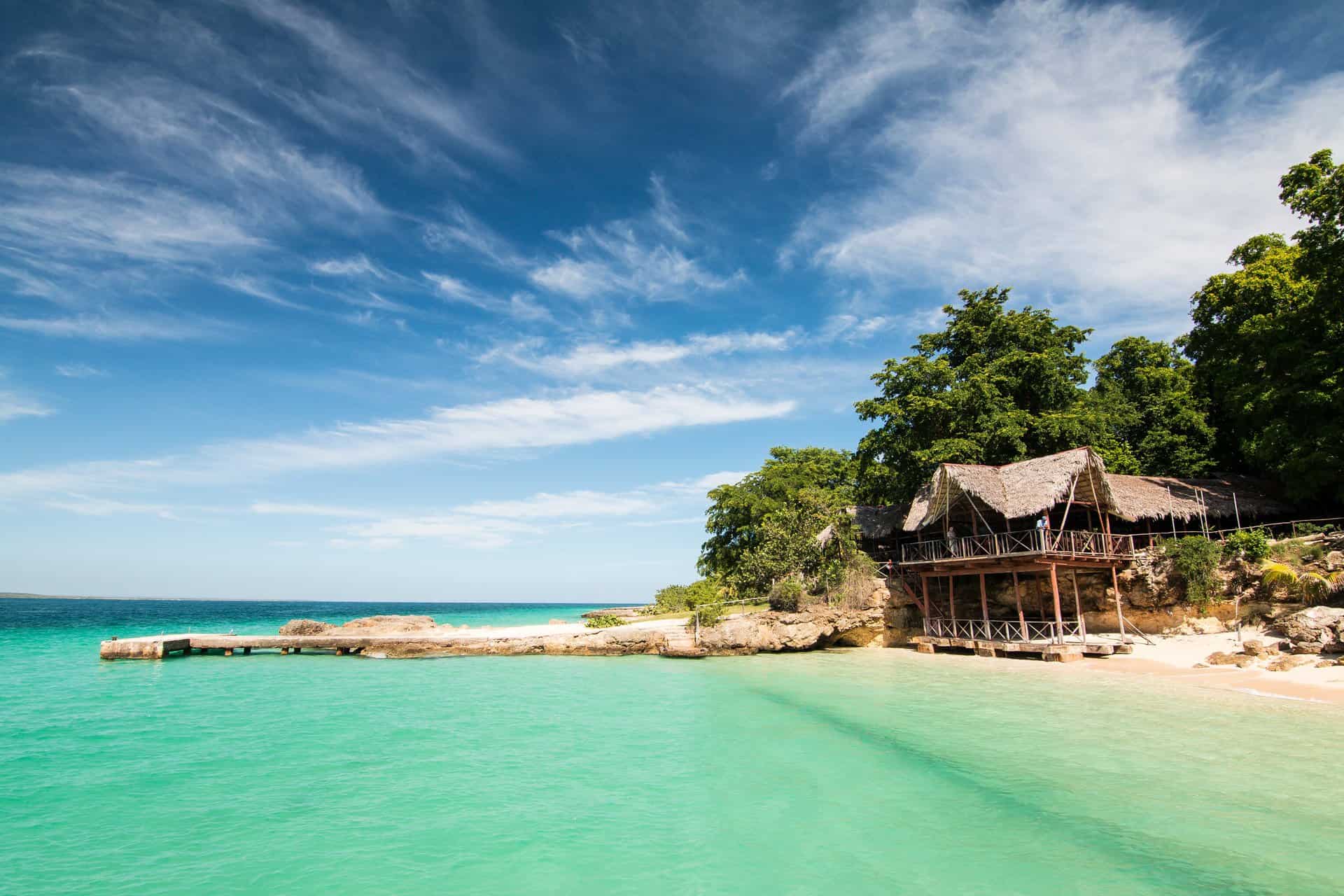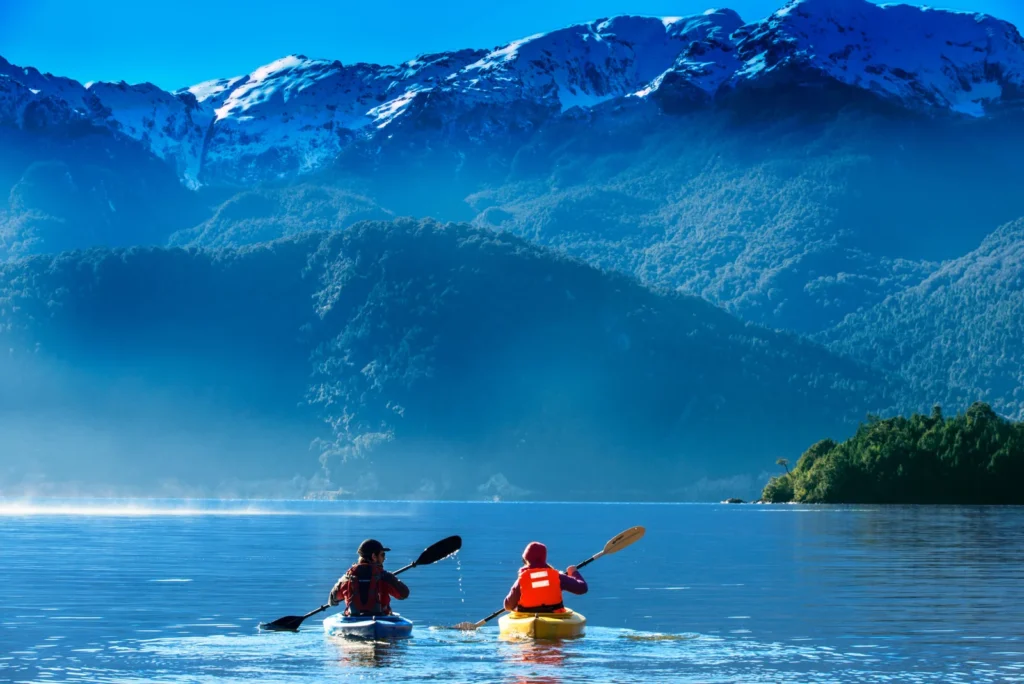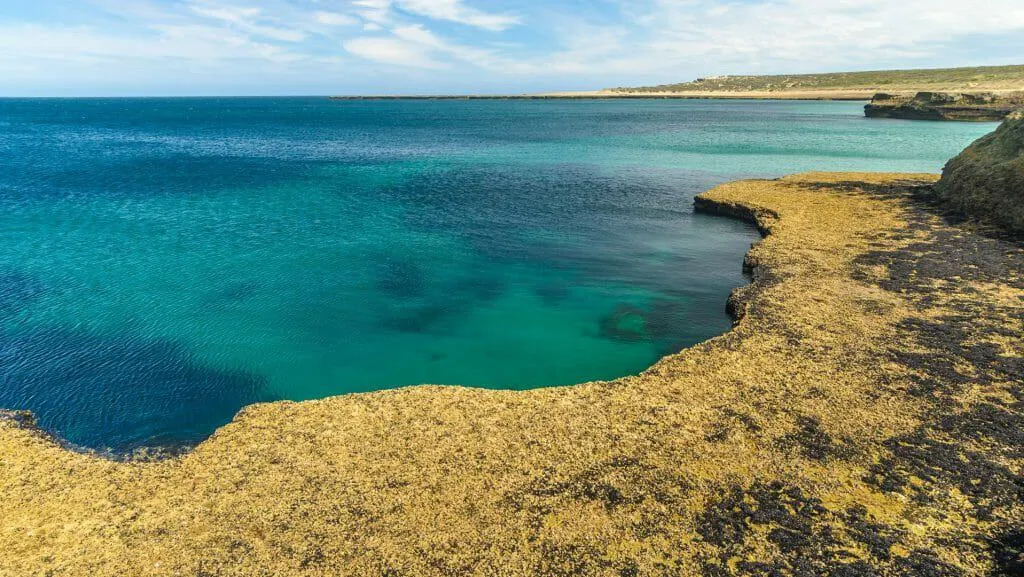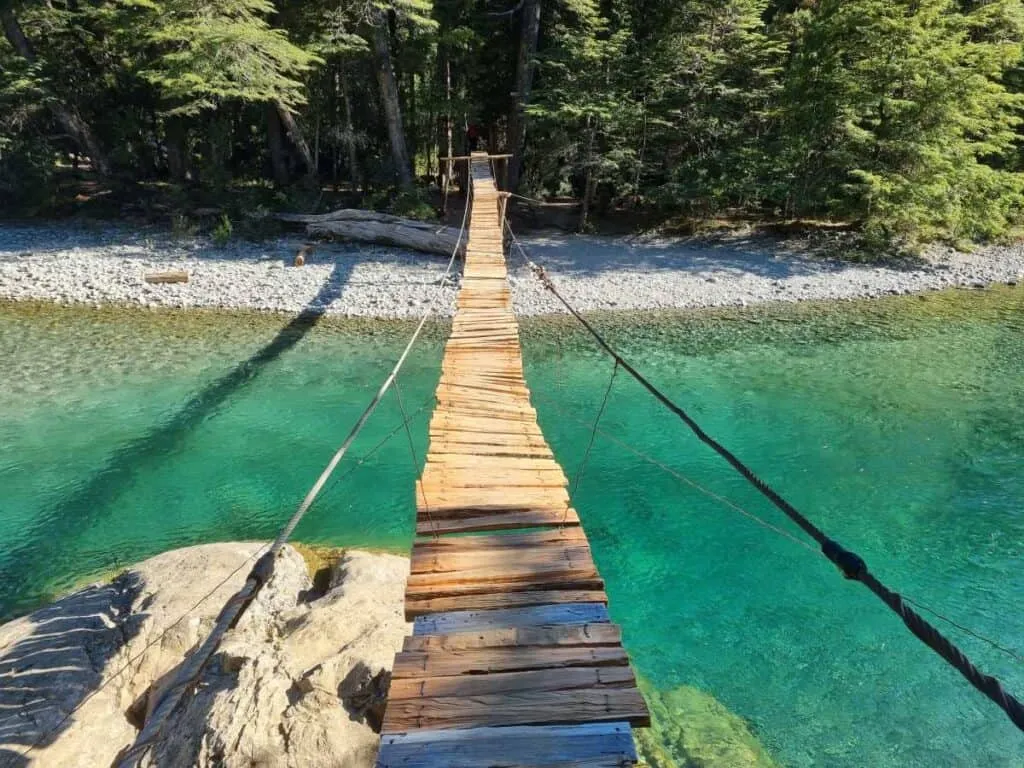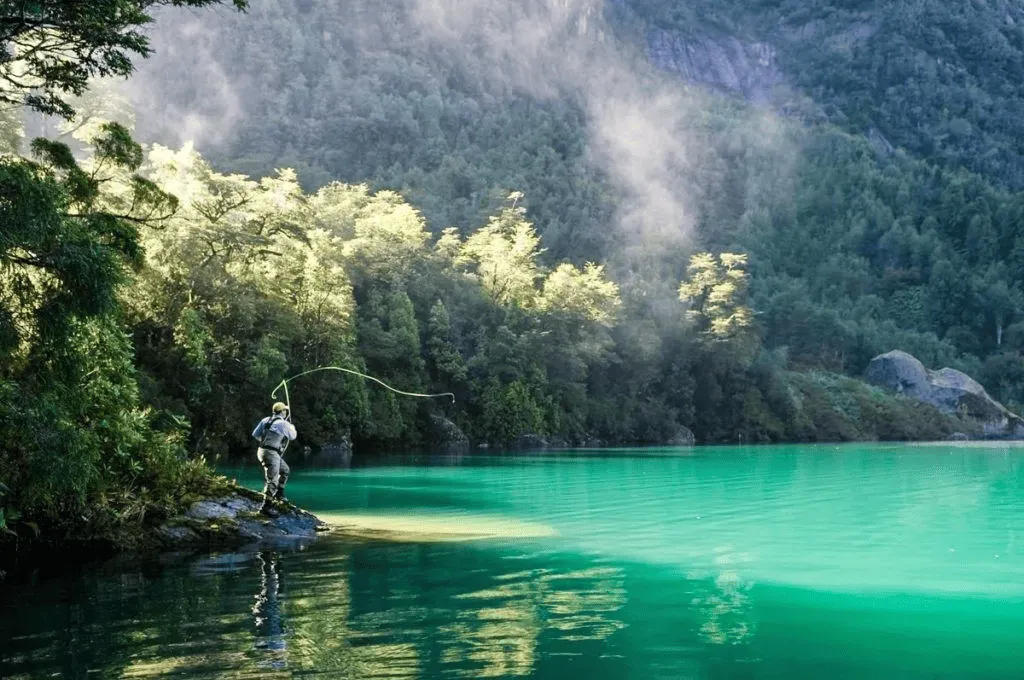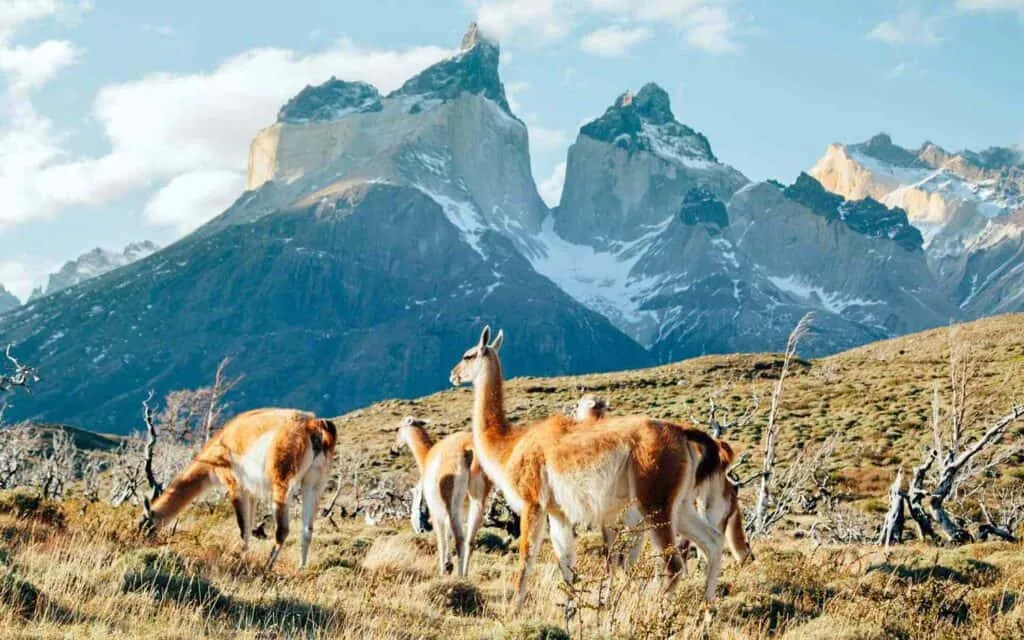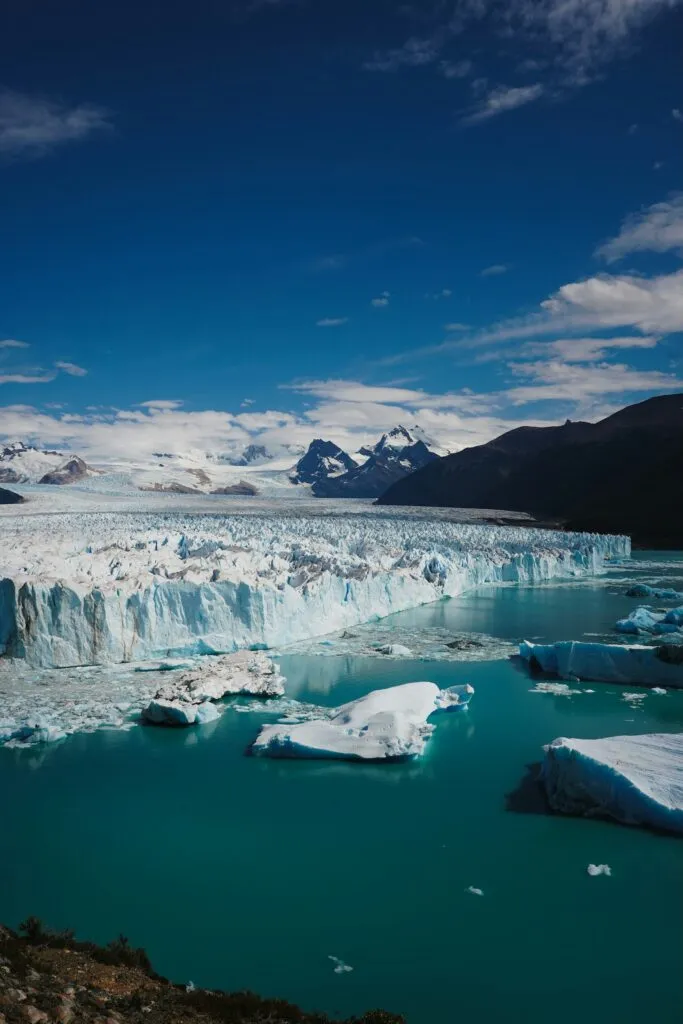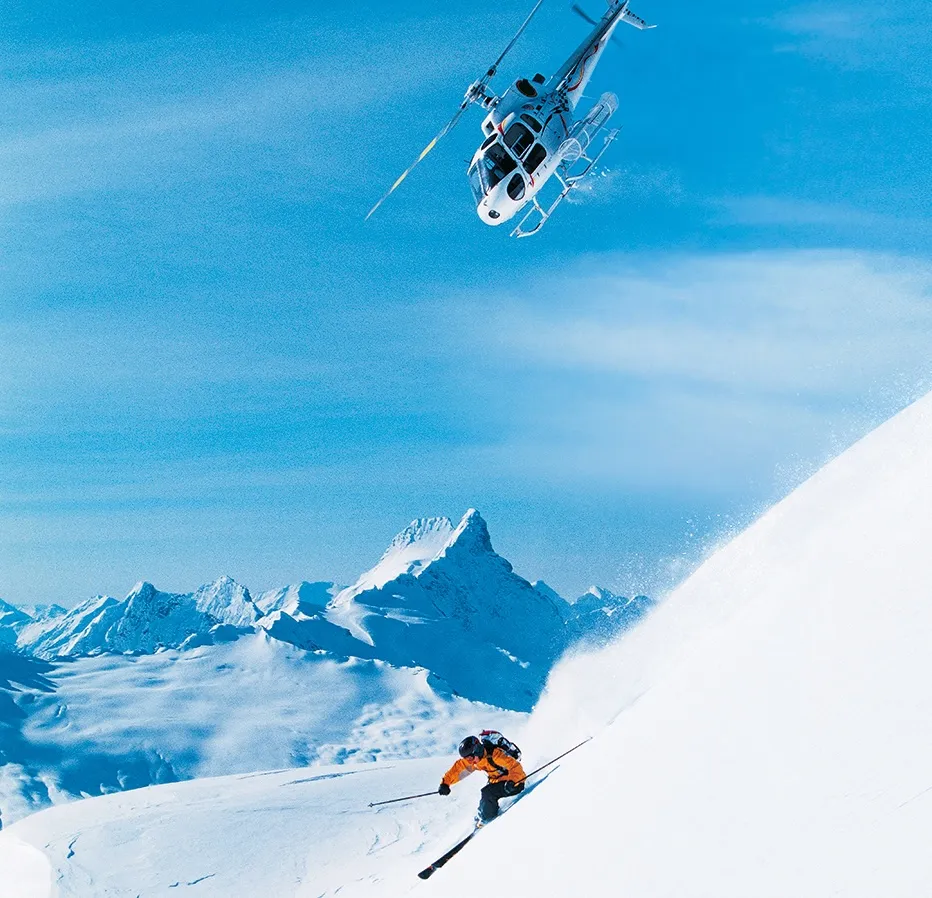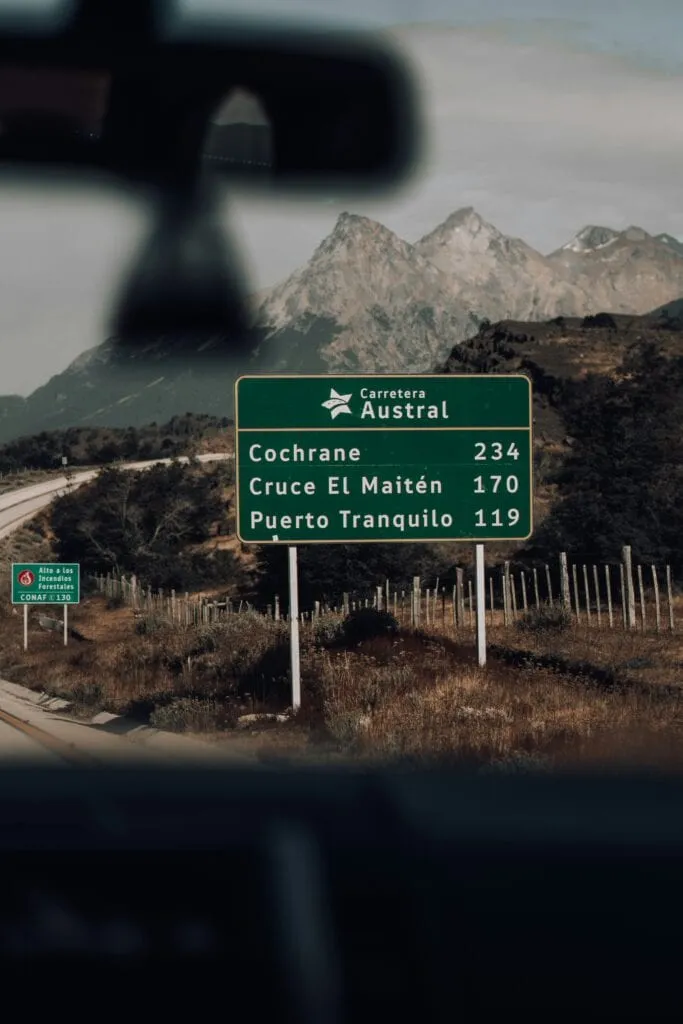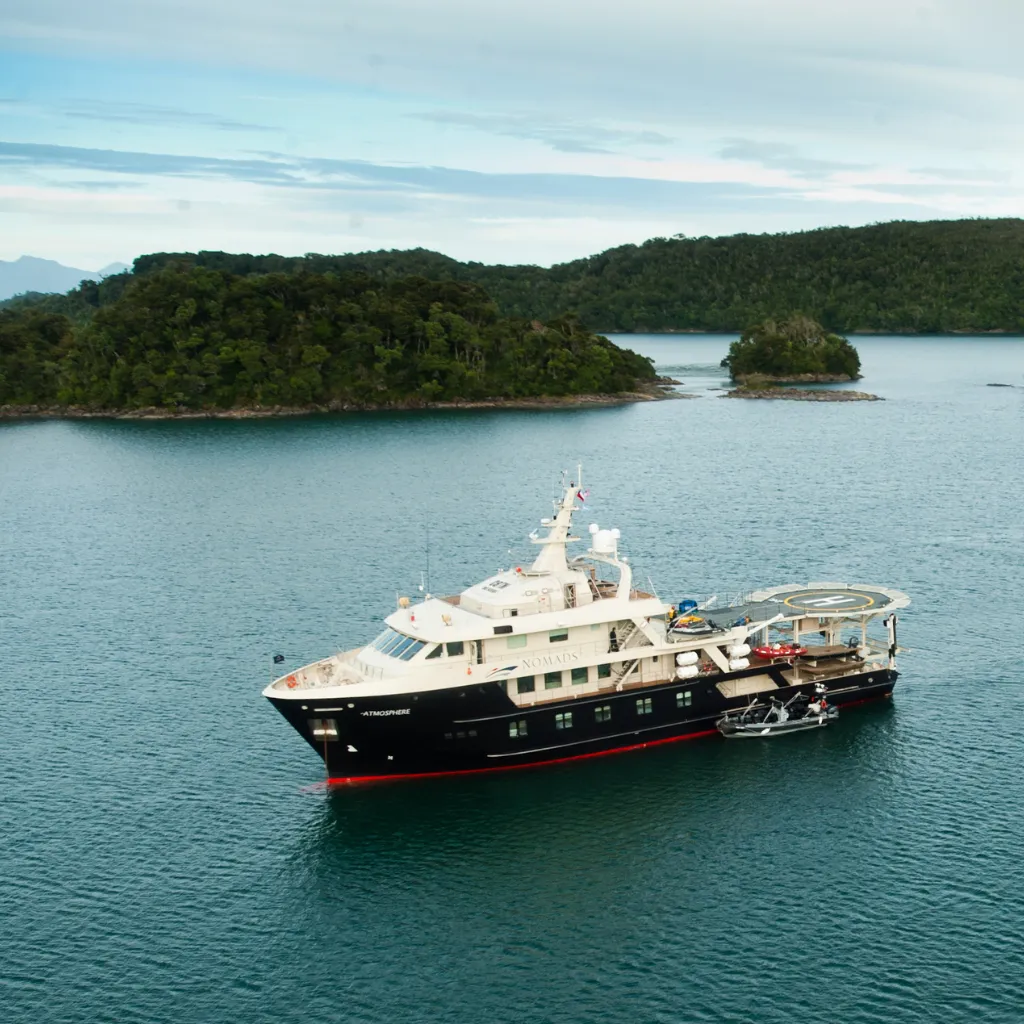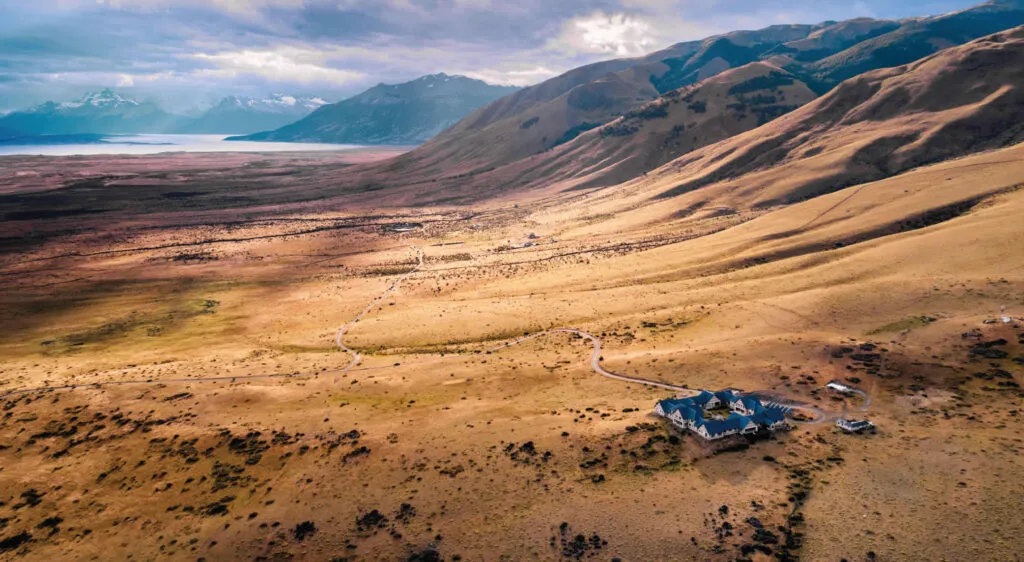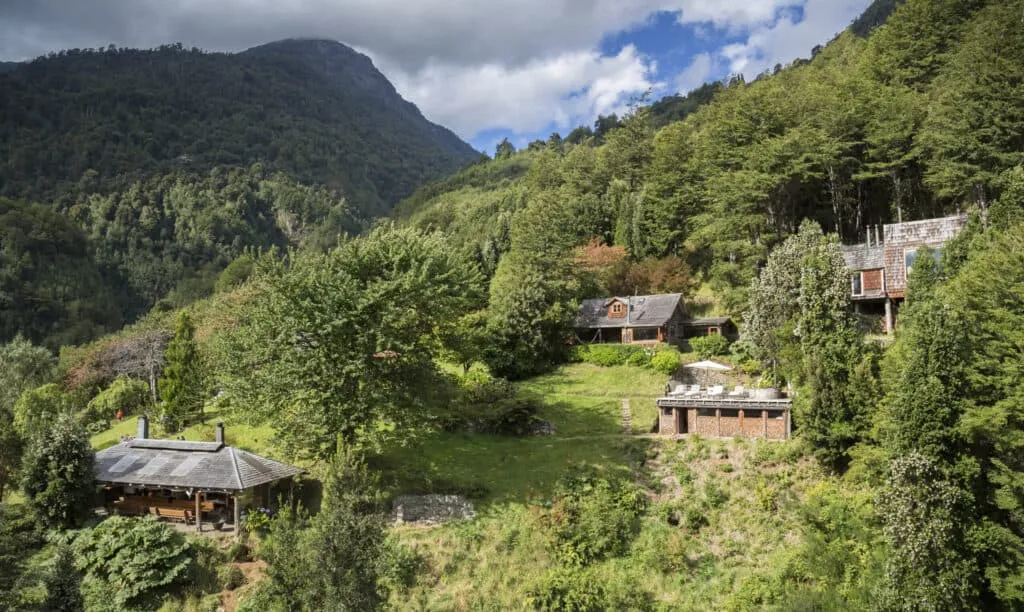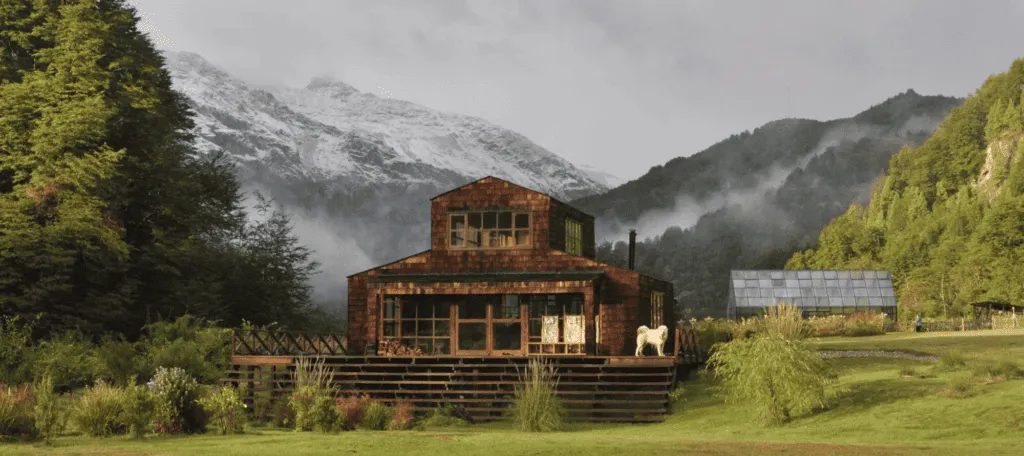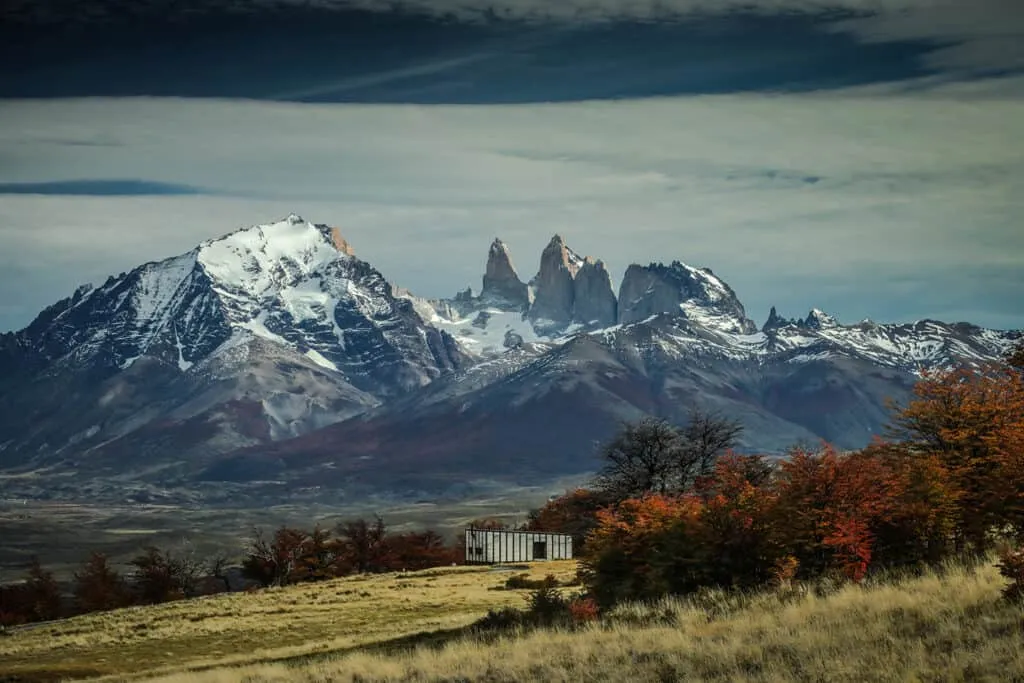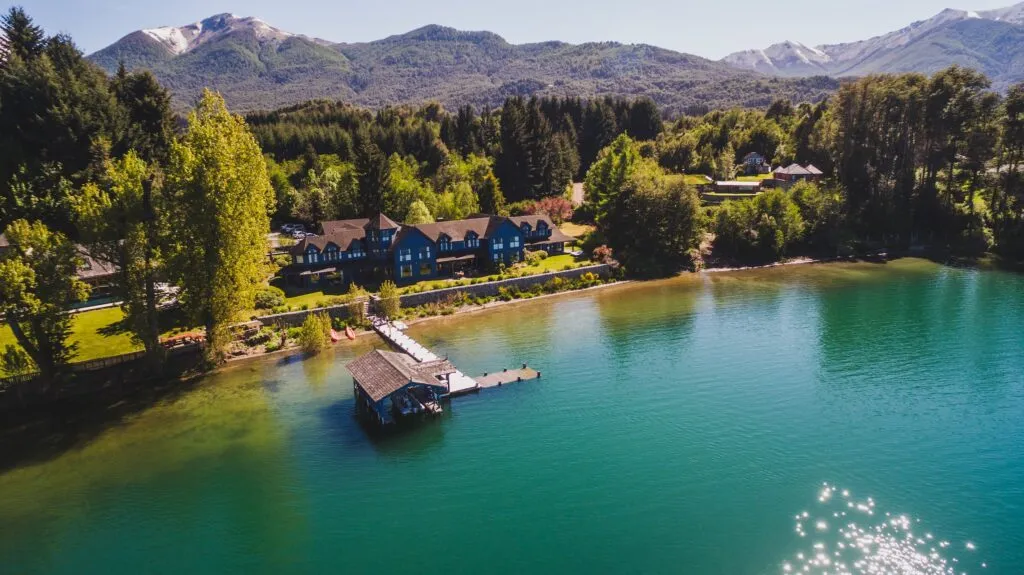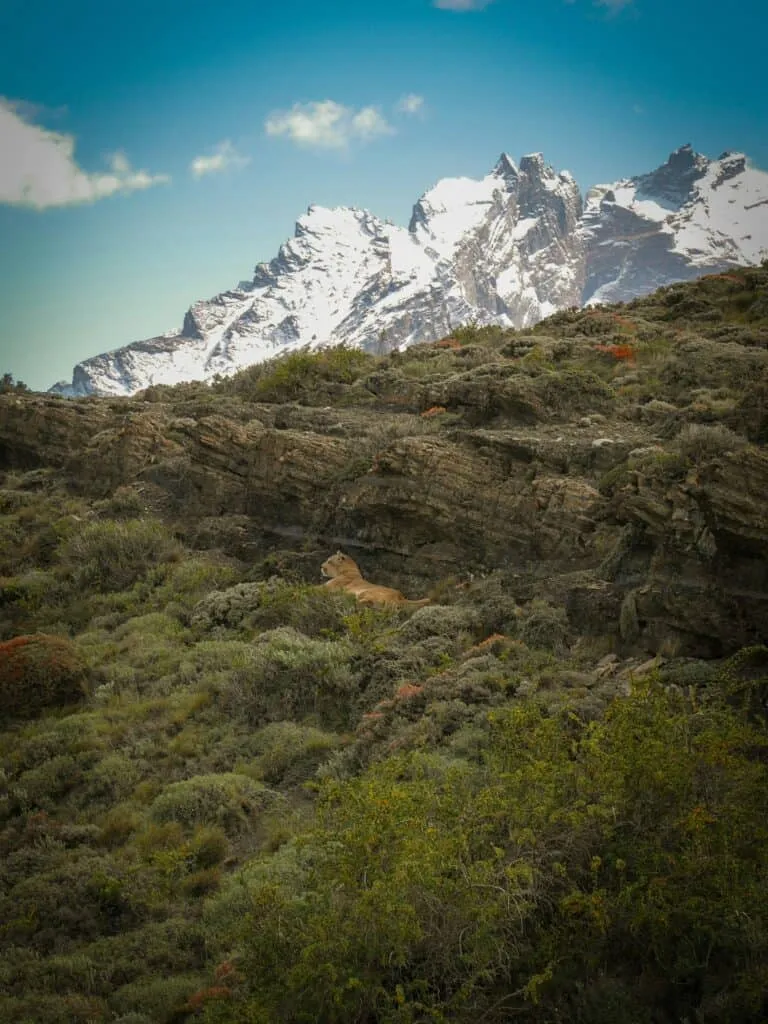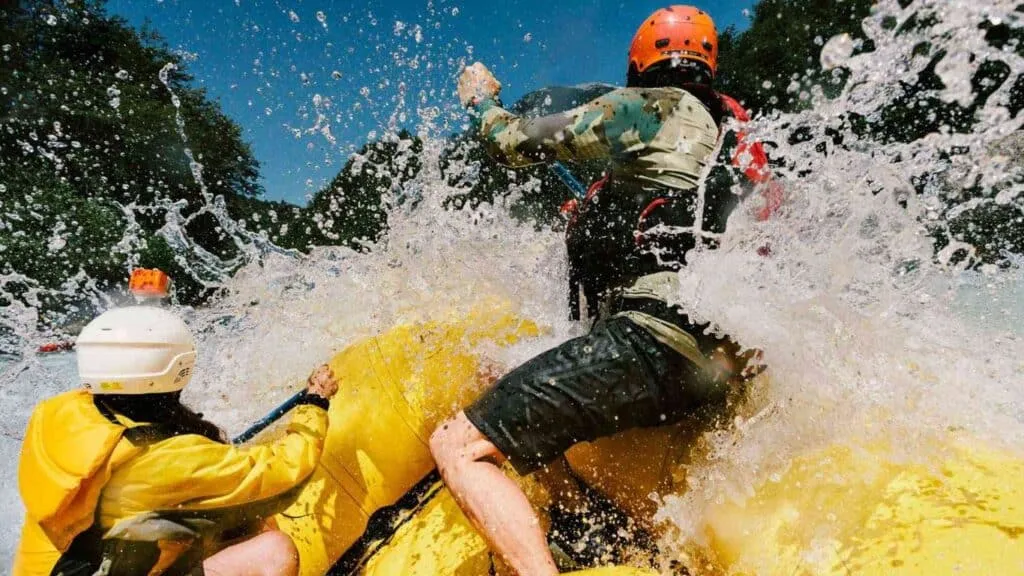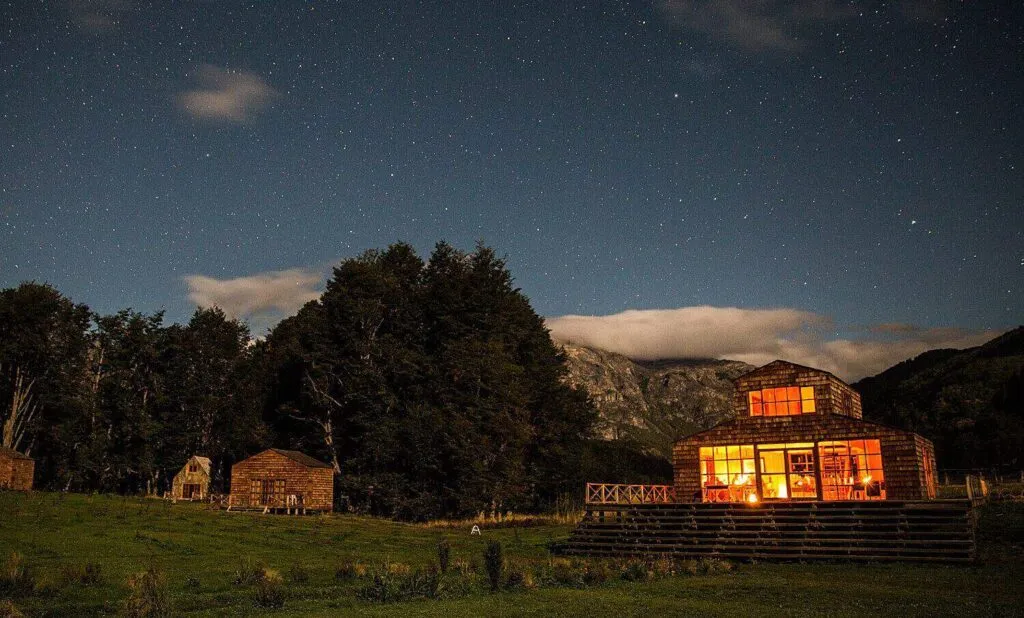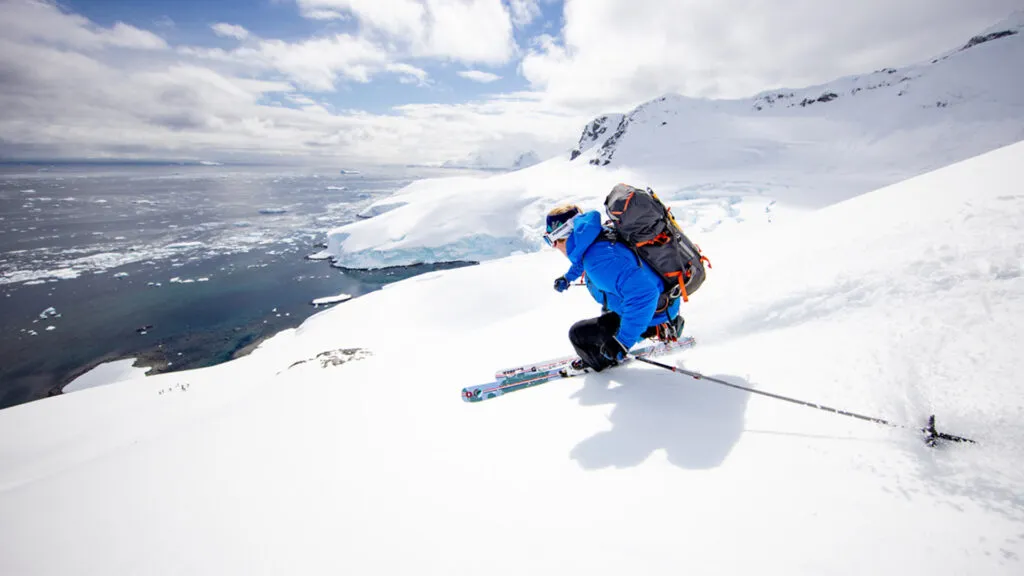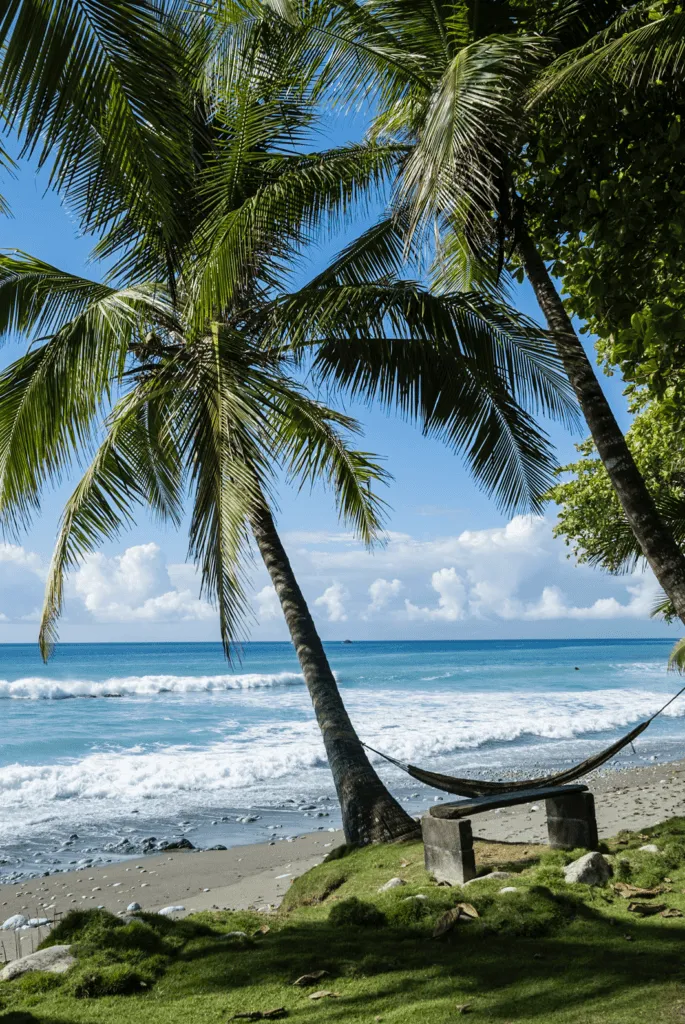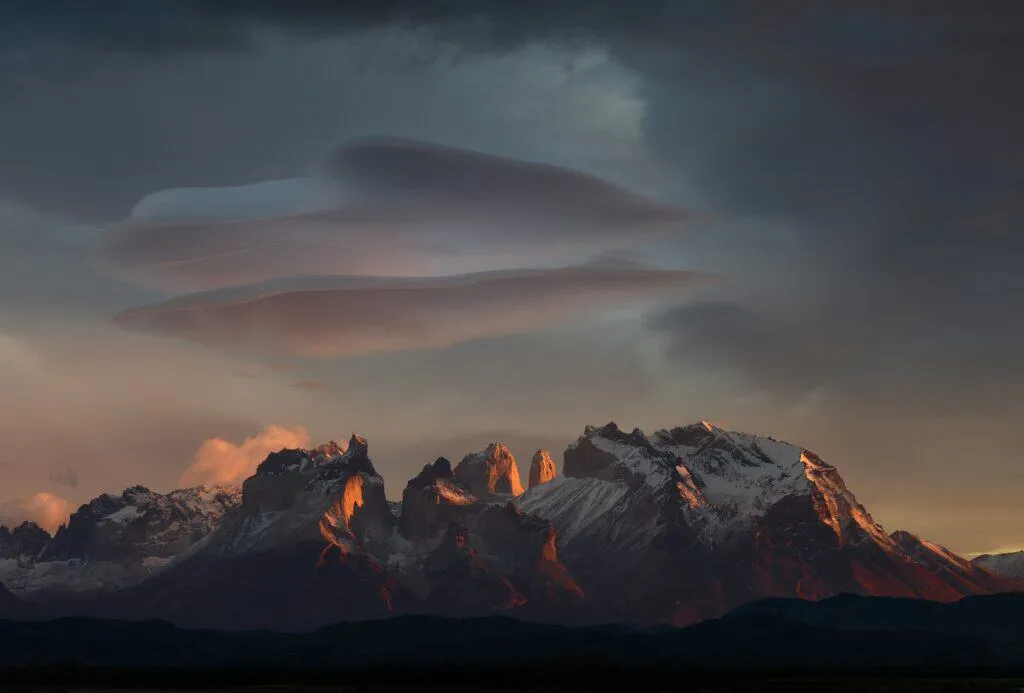
A LUXURY TRIP TO PATAGONIA
Patagonia is one of the last great wildernesses – where gauchos still ride across open plains, glaciers calve into turquoise lakes, and granite peaks jut into the sky.
Straddling the southern reaches of Argentina and Chile, this remote frontier stretches across over 400,000 square miles, from the Atlantic to the Pacific. It was here that Butch Cassidy and the Sundance Kid once fled in search of refuge. Today, it remains a haven for those drawn to scale and solitude.
A bespoke trip to Patagonia with Plan South America might see you trekking amidst glacial lakes and colossal glaciers, fly-fishing remote rivers, riding with gauchos between estancias, or sailing through the ancient fjords of Tierra del Fuego.
Along the way, you’ll stay at exceptional mountain lodges and remote cabins that offer comfort amid the wilderness, led by expert guides who know this vast terrain as home.
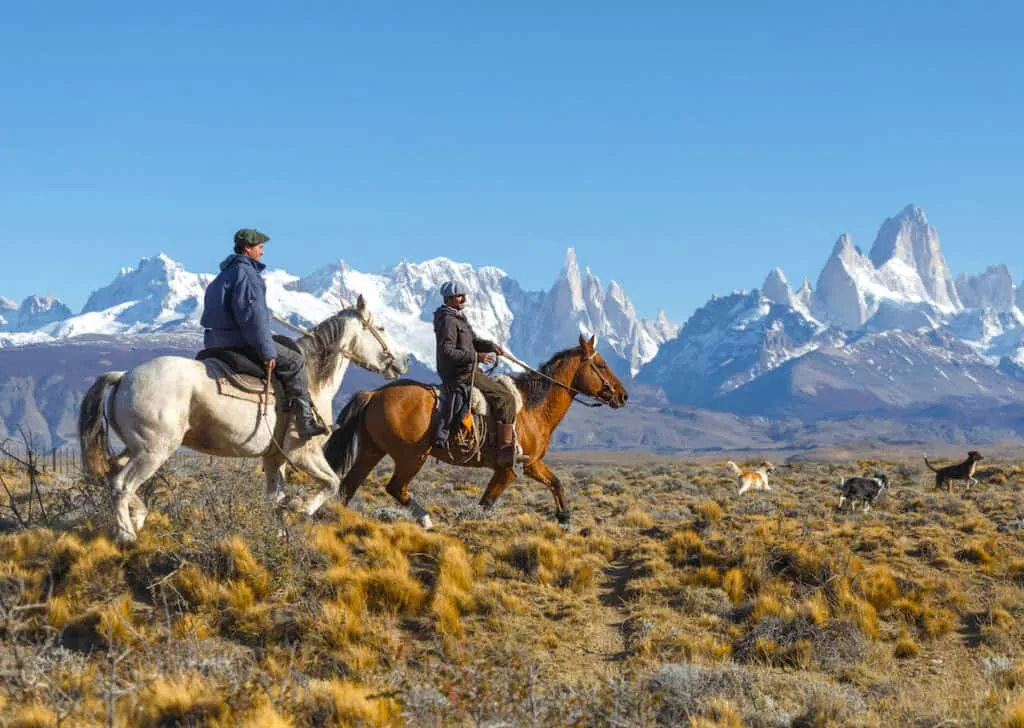
WHY VISIT PATAGONIA
Everywhere, Patagonia’s mountains, rivers, grasslands and lakes seem almost purpose-built for outdoor adventure.
In Chile, Torres del Paine delivers drama on a grand scale, with world-class trekking and pumas roaming a backdrop of soaring granite spires. Aysén and the Carretera Austral hold some of the continent’s best-kept secrets: snow-dusted volcanoes, remote fishing lodges and glacier-fed rivers prime for rafting.
Across the border in Argentina, El Calafate and nearby Los Glaciares National Park promise vast horizons and otherworldly terrain – think high-altitude trails and ice trekking across the ancient crests of the Perito Moreno glacier. In El Chaltén, the Fitzroy massif draws serious hikers, while the Peninsula Valdés teems with whales, orca, and vast colonies of penguins and sea lions.
We know Patagonia intimately – we’ve stayed at the lodges, hiked the trails, and forged relationships with the very best local guides. Whether you’re drawn to high-altitude adventure or off-grid solitude, we’ll shape your journey to match the pace and spirit you’re after.
PLACES TO VISIT IN PATAGONIA
Explore our favourite places in Patagonia, from the glaciers of El Calafate to the granite spires of Torres del Paine and the sensationally remote Carretera Austral.
-
Where is Patagonia?
Patagonia lies at the southern tip of South America, spanning the remote southern reaches of both Argentina and Chile. It covers nearly a third of Argentina’s landmass and close to half of Chile’s, stretching from the Andes to the windswept channels and fjords that edge Antarctica.
In Argentina, Patagonia rolls eastward to the Atlantic; in Chile, it pushes west to the Pacific, where jagged peaks and glacial lakes define the landscape.
Its southern frontier is bordered by the Strait of Magellan, the Beagle Channel and the Drake Passage – waters that once guided explorers towards the White Continent.
-
When is the best time of year to visit Patagonia?
Patagonia is a land of extremes, where the weather can shift dramatically without warning – it’s not uncommon to experience four seasons in a single day. The best time to visit Patagonia depends on where you’re headed and what you hope to experience.
From December to February, summer brings long days and relatively stable weather – prime conditions for trekking in Torres del Paine, fly-fishing in the Lake District, or sailing through the southern fjords. The glaciers near El Calafate are at their most accessible, and temperatures typically range from 10–25°C. It’s also the busiest season – availability is limited, and early planning is essential.
For fewer crowds, consider spring (October–November) or autumn (March–April). Expect crisp air, autumn colours or spring wildflowers, and superb wildlife sightings across Patagonia.
In winter (June–August), snow blankets the south; there’s skiing in Bariloche and across the Andes, and whale-watching in Peninsula Valdés from June to October. Whatever the season, Patagonia rewards those who come prepared – and are ready for the unexpected.
-
How far in advance should I plan a trip to Patagonia?
For those considering a luxury journey to Patagonia, we recommend planning at least 12 months in advance – especially during peak summer (December to February), when the region’s most sought-after lodges, such as Awasi and EOLO, are in high demand.
In the shoulder seasons (October–November; March–May) and through the stark beauty of winter (June – August), early planning is still strongly recommended.
While we can – and often do – arrange exceptional trips at shorter notice, the more time we have, the greater the chance of securing our favourite lodges, guides, and the kinds of experiences that set our journeys apart.
-
How long should I spend in Patagonia?
Patagonia fits naturally into a longer journey through Chile or Argentina, but it also stands on its own for those looking to travel slowly.
With just a few days, the key is to focus on a single area. Settle into a remote lodge in Torres del Paine for guided hikes, glacier walks and time to disconnect, or pair El Calafate with a short stay in El Chaltén for views of Fitz Roy and access to the Southern Patagonian ice fields. With thoughtful planning, even a short trip can feel immersive.
With 7 to 10 days, there’s scope to link two or three regions, perhaps crossing from Chile to Argentina, and to experience the contrasts in terrain and pace.
Give it 10 days or more and the map really opens up: self-drive routes through the Lake District, private yacht expeditions through the southern fjord, journeys as far as Ushuaia. Patagonia is vast and varied, best approached with a sense of curiosity and time to spare.
-
What should I pack for a trip to Patagonia?
Patagonia’s famously unpredictable weather makes the right gear essential. Think in layers: start with moisture-wicking base layers (merino or high-performance synthetic), add an insulating mid-layer (lightweight down or fleece), and finish with a waterproof, windproof shell (GORE-TEX or similar). Waterproof trousers are a must for boat crossings and exposed trails.
Footwear should be sturdy, waterproof, and well broken-in, ideally with ankle support. Don’t forget merino socks, a warm hat, windproof gloves, polarised sunglasses, and a reliable daypack.
Our specialists will provide a detailed packing list tailored to your route. For riding, kayaking, skiing or fly-fishing, we can arrange specialist gear hire with advance notice.
WHAT OUR TRAVELLERS SAY
“What a triumph the whole adventure was. All brilliantly arranged by you and your team. I would not have changed a thing.”
